North Korea’s Military Parade Doubles as “Arms Sales Showcase,” Revealing Ambition to Emerge as Weapons Export Power amid Russia–China Alignment
Input
Modified
Eight Hwasong-11MA, Three Hwasong-20 ICBMs on Display Nuclear Status Emphasized along with China–Russia Cooperation “Survival Diplomacy” Aimed at Advancing as Arms Export Nation
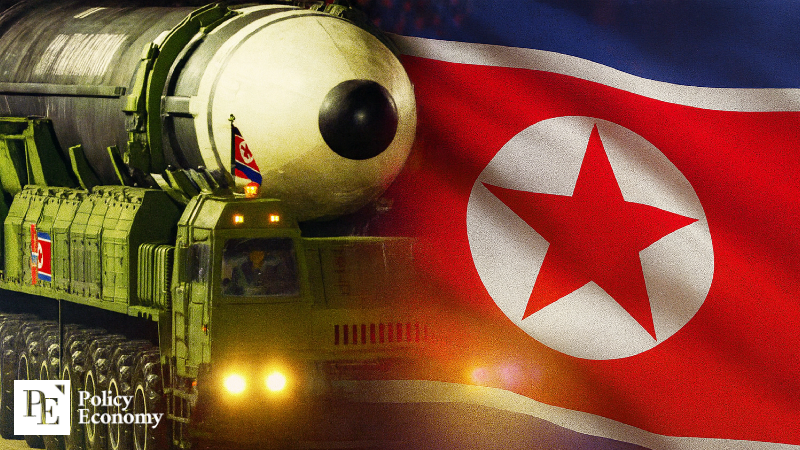
North Korea held a massive military parade in Pyongyang’s Kim Il Sung Square to mark the 80th anniversary of the founding of the Workers’ Party, mobilizing an extensive array of troops and equipment. The parade featured strategic weapons including the new intercontinental ballistic missile (ICBM) Hwasong-20, hypersonic missiles, the new Chonma-20 tank, and drone launch vehicles, showcasing modernization across both nuclear and conventional arsenals. Analysts say the event epitomized North Korea’s “survival diplomacy,” serving simultaneously as a de facto “arms catalog for export.” By leveraging cracks in the sanctions regime and the deepening alignment between China and Russia, Pyongyang appears intent on positioning itself both as a nuclear power and an emerging arms exporter within a new military-diplomatic order.
Showcasing the Hwasong-20 ICBM Capable of Striking the U.S. Mainland
According to the Korean Central News Agency on the 13th, North Korea staged the large-scale parade late on the night of the 10th at Kim Il Sung Square. Broadcast footage showed Chairman Kim Jong Un, standing in the rain alongside top-ranking officials from China and Russia as well as Vietnam’s highest leader, orchestrating a performance of anti-U.S. and anti-Western solidarity on the reviewing stand.
During the event, North Korea unveiled a full spectrum of nuclear and conventional weaponry — from new ICBMs and cruise missiles to suicide drones and tanks. The undisputed centerpiece was the debut of the Hwasong-20. North Korean state media described it as “a strategic strike weapon that declares there are no limits to the range of our attack.”
The display was widely interpreted as a show of force toward the United States, comparable to China’s recent Victory Day parade featuring its DF-5C and DF-61 ICBMs capable of reaching anywhere on Earth. Through the Hwasong-20, Pyongyang sought to underline its status as a nuclear power on par with China and Russia — a central military pillar within the anti-Western bloc. Mounted on an 11-axle transporter erector launcher like the Hwasong-19, the new missile featured a noticeably blunter canister nose, suggesting modifications to increase payload capacity. Military experts believe this reflects an effort to expand both the warhead compartment and total payload weight.
Observers also speculate that the Hwasong-20 is being developed as a multiple independently targetable reentry vehicle (MIRV) ICBM capable of carrying several nuclear warheads to strike different targets simultaneously, thereby overwhelming U.S. missile defenses. Kim Jong Un had revealed the missile’s development shortly before his recent trip to China, with state media noting that its engine — made of carbon-fiber composites — generates 40% more thrust than that of the Hwasong-19. Given that the Hwasong-19 already boasts a range of around 9,300 miles, the increased thrust likely accommodates the added weight of multiple warheads.
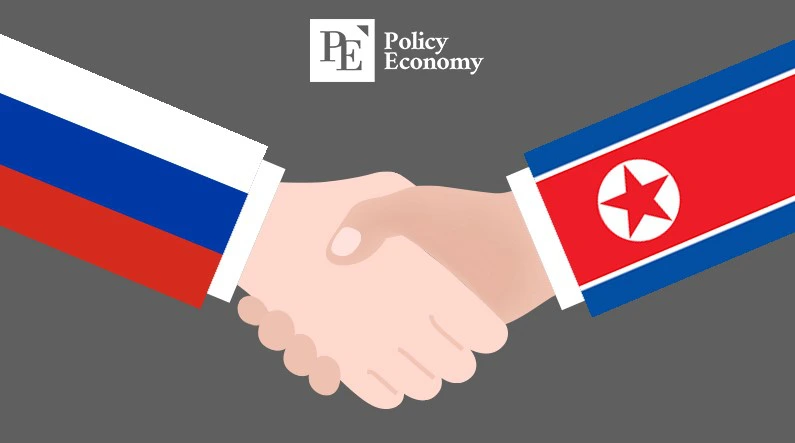
Drone Launch Vehicles Reflect Russian Combat Experience
The parade also included the Hwasong-16na, a medium-to-long-range hypersonic missile designed to target forward-deployed U.S. bases in Guam and Okinawa, potentially crippling reinforcements during a Korean Peninsula contingency. The short-range hypersonic Hwasong-11MA — presumed capable of carrying tactical nuclear warheads — is thought to be aimed at South Korean and U.S. military installations. Hypersonic missiles travel at speeds above Mach 5 (about 3,800 mph) and maneuver laterally during descent, making them extremely difficult to intercept.
Having gained combat experience through troop deployments in Russia, North Korea also unveiled new mobile suicide-drone launchers and tactical missile platforms. One container-type launcher — dubbed North Korea’s version of Israel’s Harop — carries six suicide drones. Another newly revealed tactical missile launcher, believed to be a North Korean analogue of Israel’s Spike system, appeared capable of simultaneous multiple launches akin to a multiple rocket launcher. Analysts warned that the integrated use of ballistic missiles, tactical missiles, and suicide drones could undermine the combined missile defense systems of South Korea and the United States.
The Chonma-20 tank, previously shown during Kim’s inspection of a tank factory in May, made its official debut with full maneuver demonstrations. It reportedly features a “hard-kill” active protection system that automatically intercepts incoming anti-tank munitions. A newly upgraded 155mm self-propelled howitzer, emphasizing mobility and extended range, was also on display — a marked evolution from older 152mm models.
Representative Yoo Yong-won, a member of the National Assembly’s Defense Committee, noted in an analysis released on the 12th that “the simultaneous display of cruise missile, tactical missile, and suicide-drone launchers highlights a strategy to enhance swarm-attack capabilities.” He also pointed out the participation of special forces such as the “41st Amphibious Assault Battalion Unit,” designed for surprise occupations of South Korea’s northwestern islands, and the “Rear Mountain Combat Unit,” a mountain warfare formation. Particularly notable were new sniper contingents and units camouflaged in ghillie suits made from natural materials to evade thermal imaging and drones — gear that significantly enhances marksmanship and concealment. North Korea had shown similar training footage in April and August, but the scale this time was substantially expanded.
Advanced Weapon Systems Highlight Rapid Modernization
The parade marked a sharp departure from past events dominated by outdated conventional weaponry. This time, an array of modernized systems — including surface-to-air and surface-to-surface hypersonic missiles, new-generation tanks, 600mm short-range ballistic rocket systems, and drone launchers — paraded in unison. The Chonma-20 was equipped with an active protection system absent even from South Korea’s K2 Black Panther tank. Hong Min, a senior researcher at the Korea Institute for National Unification, observed that “the emergence of drone-launch vehicles indicates North Korea’s transition from single-shot suicide drones to a swarm-based offensive drone system.”
Analysts interpret Pyongyang’s overt display of military prowess as an attempt to maximize diplomatic leverage following its arms supplies and troop dispatches to Russia — signaling a clear intention to assert itself in the global arms market. Jason Bartlett, a researcher at the Center for a New American Security (CNAS), wrote in The Diplomat that “North Korea’s military parade broadcast effectively functions as a weapons catalog for U.S. adversaries,” serving as a communication channel to potential foreign buyers such as Russia and China.
Having secured economic and military lifelines through its involvement in the Russia–Ukraine conflict, North Korea is now seen as seeking to circumvent United Nations sanctions and return to the international stage as a “normal state.” Some analysts also noted the absence of Kim Jong Un’s daughter, Kim Ju Ae — widely regarded as his heir — from the parade, interpreting it as part of Pyongyang’s effort to downplay its dynastic image. Professor Lim Eul-chul of Kyungnam University’s Institute for Far Eastern Studies remarked, “North Korea seems intent on shedding the perception of a hereditary regime and projecting itself as a ‘normal state’ recognized internationally as a nuclear-armed nation.”


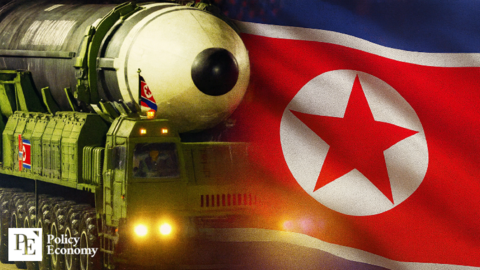


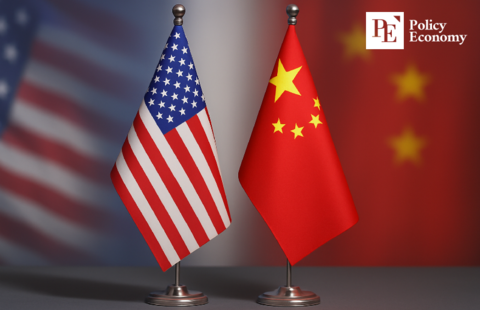
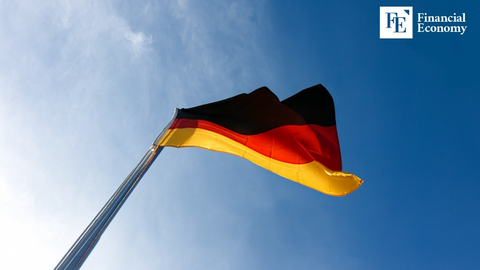


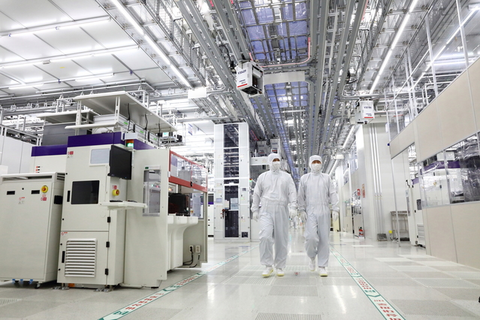












Comment